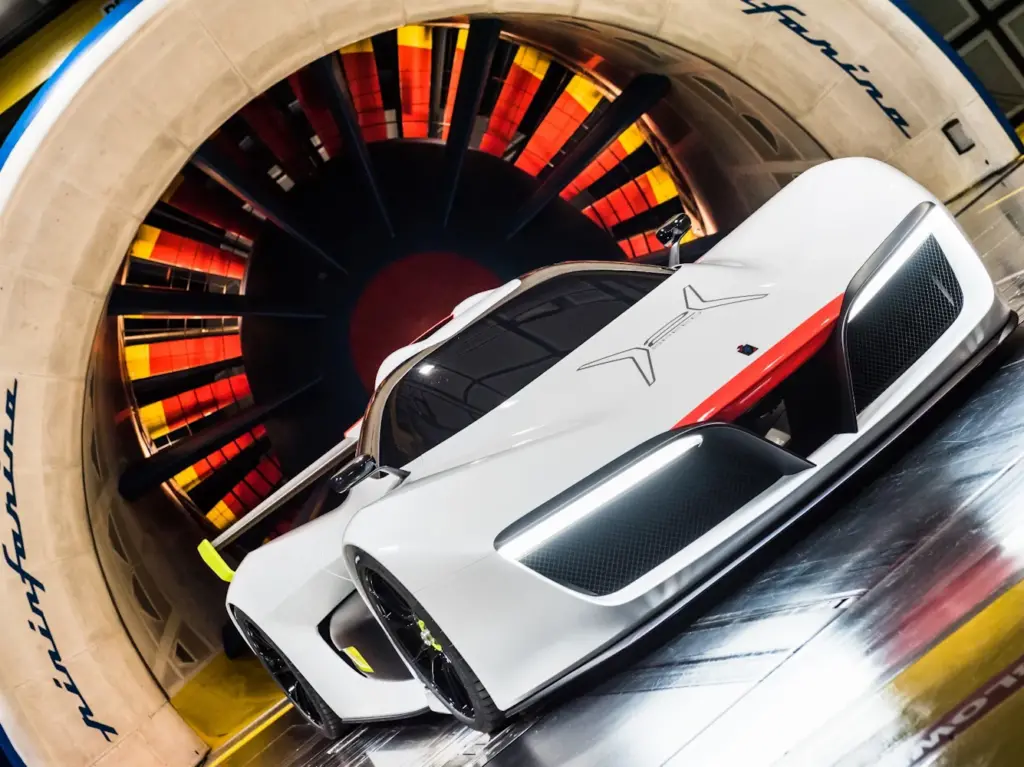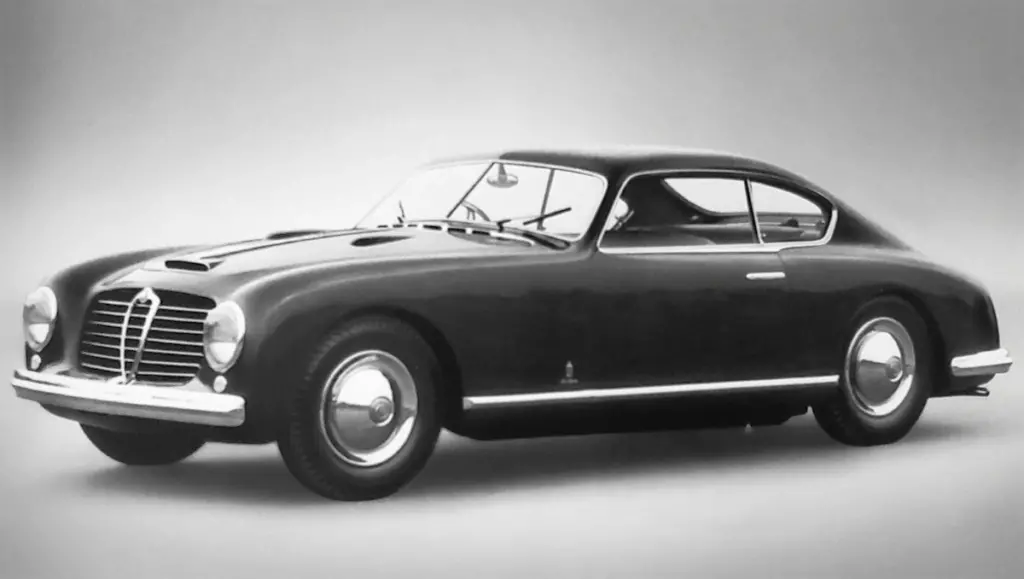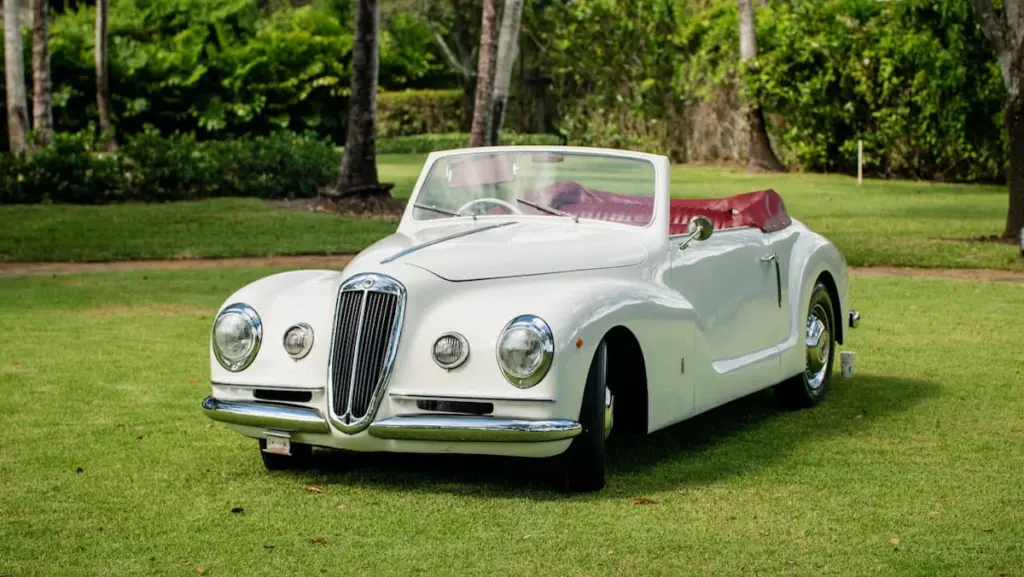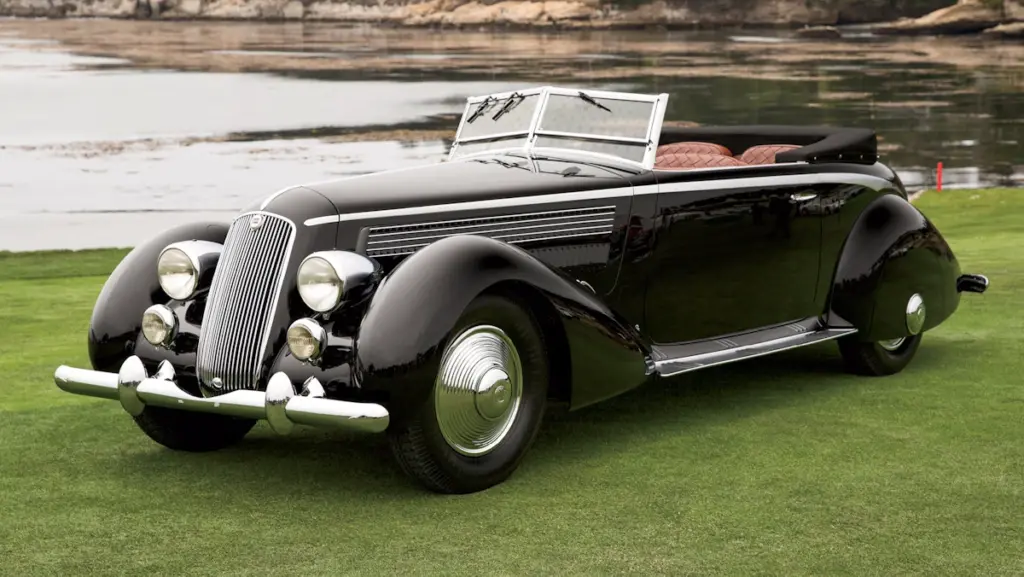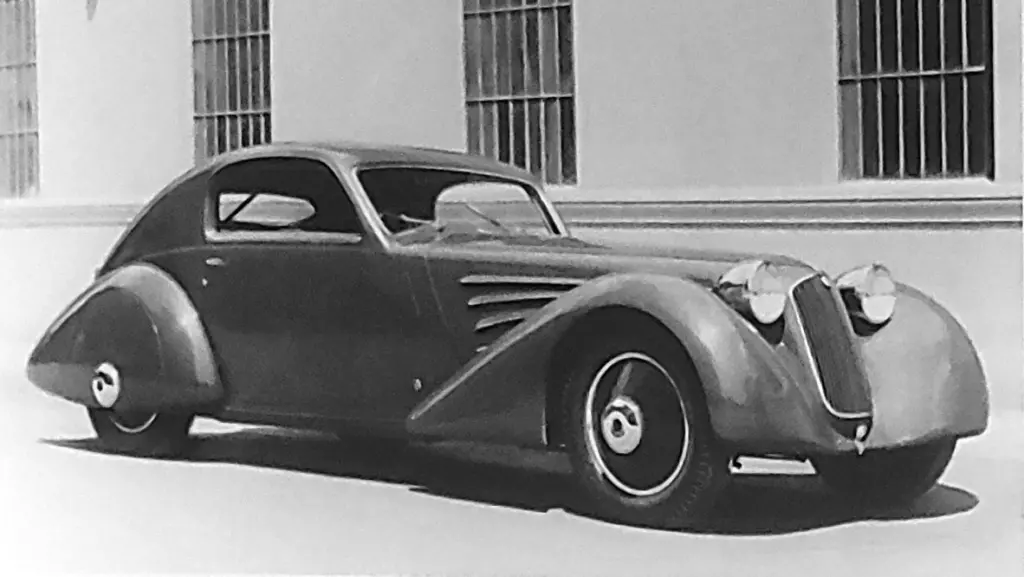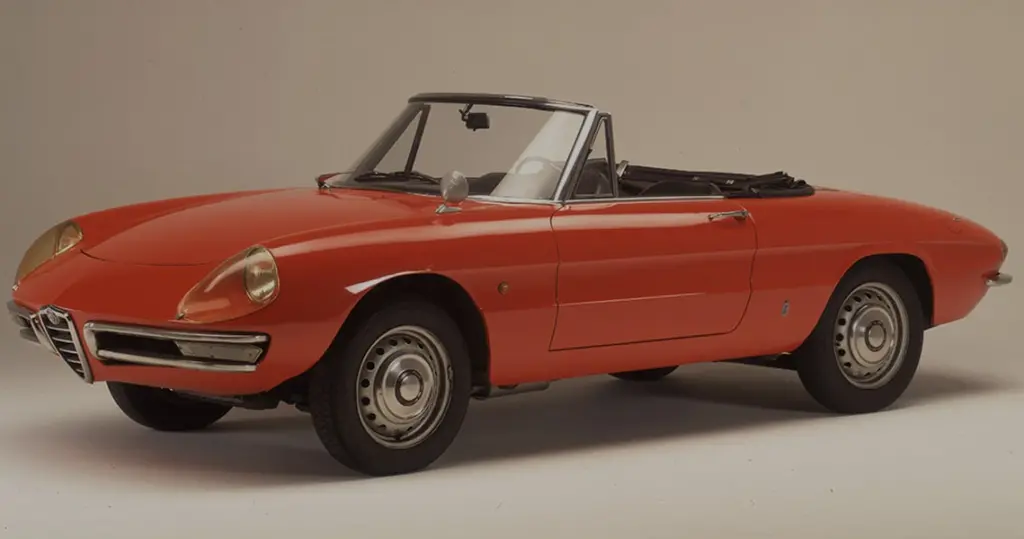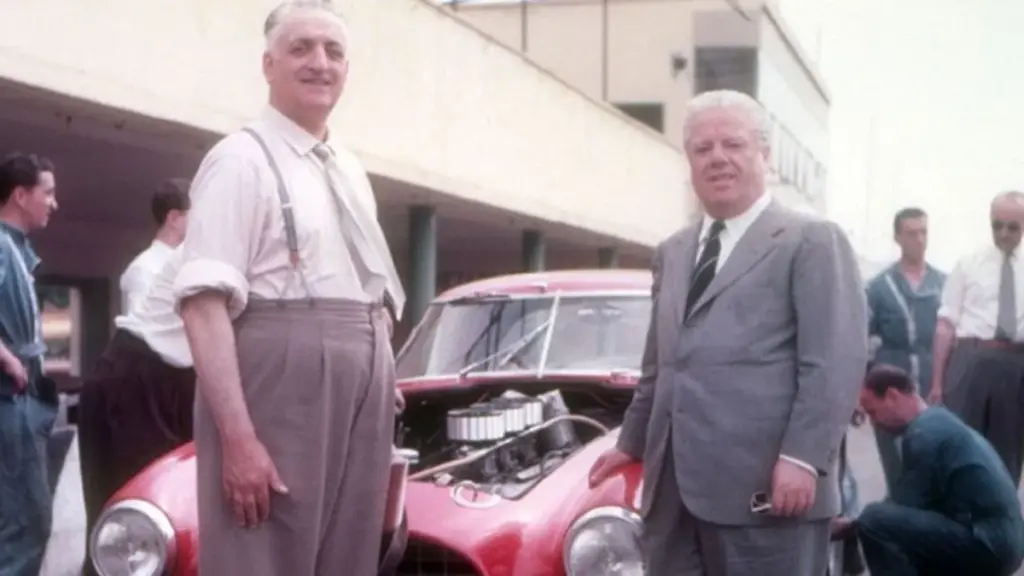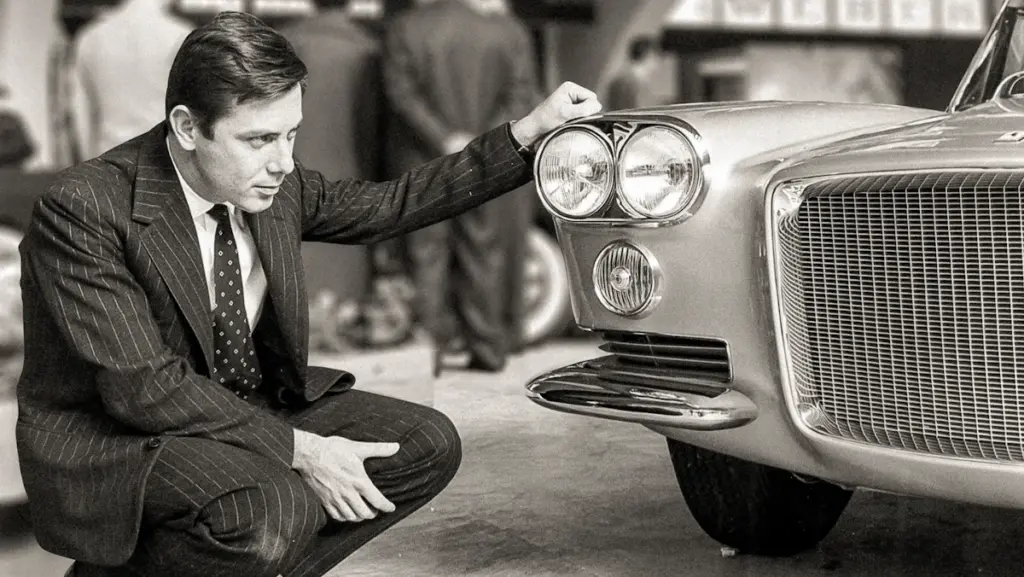
Without Pininfarina, indeed, the history of the automobile – Italian first and foremost but not only – would not be the same. The company was founded in 1930 under the name ‘Società Anonima Carrozzeria Pinin Farina’ by Battista Farina, known as Pinìn because he resembled his father, Giuseppe. An aunt of Pinin’s wife loaned the money to start the business, and his friend Vincenzo Lancia immediately offered his support and became one of the first customers.

The plant occupies an area of around ten thousand square metres and employs 150 people. Soon, the first Lancia, Alfa Romeo and Fiat cars with bodywork by Pininfarina were produced. From the beginning, production is aimed at the highest end of the market: ‘Luxury and luxury cars’ is one of the company’s first slogans to promote itself. In 1931, the company participated with the ‘Lancia Dilambda’, Lancia’s flagship car, in the Concorso d’Eleganza held at Villa d’Este. Although the custom-built car never became a real market success, it ruled the beginning of the Pininfarina myth.
The shape of speed
Pininfarina worked mainly on aerodynamics, which he called ‘the shape of speed’. Thus, new custom-built cars, such as the Alfa Romeo 6C Pescara Coupé, the Lancia Astura cabriolet, and the Lancia Aprilia Aerodinamica, were built.
With the Second World War, production suffered a major setback. Pinin tries to recover with the launch of the Lancia Aprilia Bilux, but he has to contend with Italy’s exclusion from the Paris Motor Show. Pinin, however, does not give up. With the help of his son Sergio, he decided to leave for Paris anyway and park his custom-built cars, an Alfa Romeo 6C 2500 S and a Lancia Aprilia Cabriolet, outside the exhibition. It was an ante litteram marketing manoeuvre that would create great turmoil and, above all, great visibility for its cars.
The Eighth Wonder
From there on, the road was all downhill. Still in the 1940s, Pininfarina created one of his many masterpieces, the Cisitalia 202, which would be the first car to cross the threshold of a modern art museum and enter its permanent collection. And we are not talking about just any museum, but the prestigious MoMA in New York, where the car was labelled ‘one of the eight wonders of our time’.
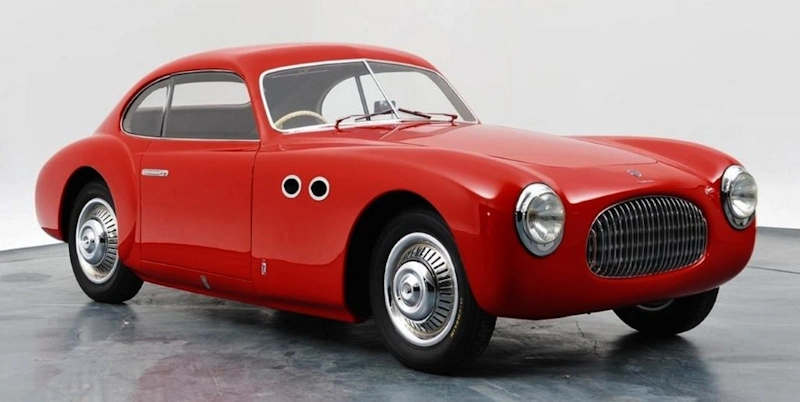
Collaboration with Ferrari
In 1951, Pininfarina signed a partnership with Ferrari, resulting in some of the most beautiful sports cars ever. This collaboration produced more than a hundred cars. Towards the end of the 1950s, the 250 GT Berlinetta was unveiled, while 1968 saw the launch of the 365 GTB/4 Daytona at the Paris Motor Show. This car was widely believed to revolutionise Ferrari’s design.
Pininfarina thus became a true celebrity. Its cars are chosen for Hollywood films, including Billy Wilder’s Sabrina and The Graduate, which stars Dustin Hoffman, and Italian movies such as Il Sorpasso, in which the legendary Alfa Romeo Duetto appears.
Years of success and awards
In the 70s, the company lost its characteristics of artisanal activity to become an actual industrial reality, thanks also to the opening of the new Grugliasco factory and a highly prestigious Research and Development department. Collaborations in Italy and internationally continued, and the awards continued, as did successes, one for all: the acclaimed and unsurpassed Ferrari Testarossa in the 1980s. As early as the 1960s, the company’s helm passed to Pinin’s son Sergio, who was awarded the ‘Designer Lifetime Achievement Award’ in 1991, crowning him the world’s best car designer.

Crisis and rebirth of a myth: Battista
However, the car crisis at the beginning of the millennium did not spare Pininfarina, which, perhaps also due to over-ambitious investments, had to cease production in 2015 after a vertiginous drop in shares.
In 2018, however, a new and ambitious project was relaunched to produce a very limited number – only 150! – of Automobili Pininfarina’s first model: an electric hypercar with the evocative name ‘Battista’. This car continues the story of the founder and his marvellous vehicles in the name of exclusivity.

